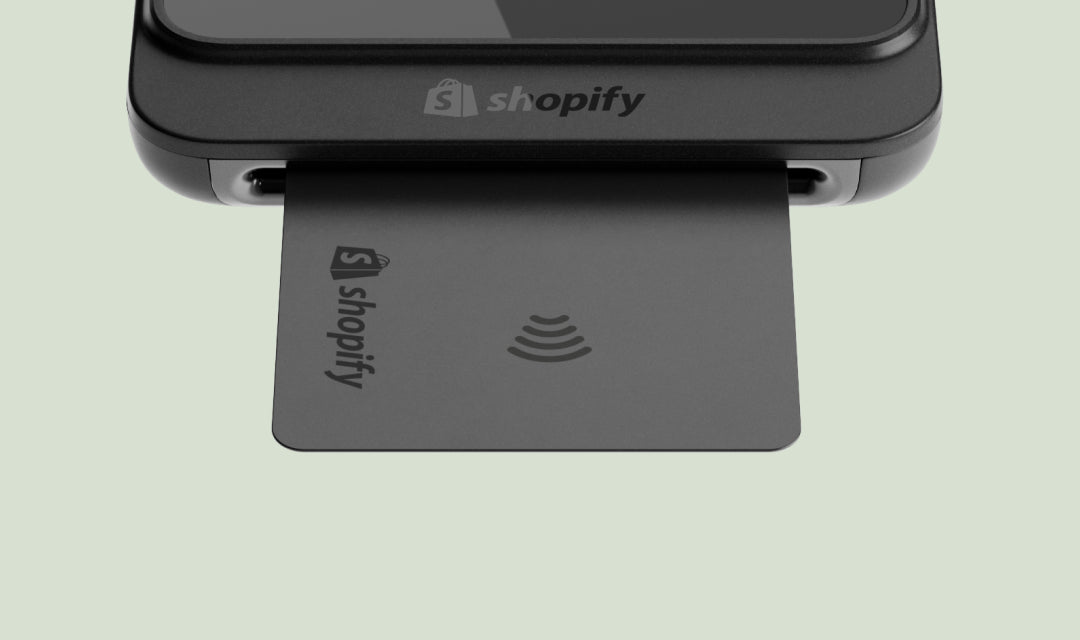Success online isn’t just about creating a visually stunning website. Although design does influence user appeal, it can be but one of the factors in Digital media. The real engine that powers sustainable digital success is a design that puts the customer at the heart of the processes. This is called UX (User Experience) design. With UX design, you aim at how you want the users to engage with your website and then make those experiences as positive, seamless, and effortless as you can.
Read on to find out how this critical aspect of digital design is so much more than skin deep and how it can impact customer experience, satisfaction, and success.
Why UX Design is Vital for Digital Success
UX design is not a process of creating a beautiful website – it is a definition of building beautiful digital products that meet users’ needs and reflect users’ behaviors and usage context. More specifically, UX design’s ultimate goal is to make users’ experiences valuable and pertinent as well as to make every possible interaction as natural as possible. However, good UX design positively impacts user satisfaction, and usability and generally brings direct value to business value.
Here are a few key reasons why UX design is essential for digital success:
1. Usability Enhances Engagement
The main objective of UX design is to make the design of your website or your application as usable as possible. People visit your site with a purpose and that could be to make a purchase, subscribe to a service, or find information. A smooth UX design makes these goals achievable thus enhancing the level of engagement in terms of use of the sites.
For instance, if an e-commerce site takes a long time to complete the checkout process, then, customers are likely to dump their carts. On the other hand, a process that is simple and easy to follow fosters completion, and credibility. This principle covers all forms of engagements with digital content – simple perusing of content to achieve a commercial transaction.
2. Boosting Conversion Rates Through Optimized UX
User experience design is a crucial part of creating products since touchpoints can make an immediate difference in a conversion rate. Whether it be to get users to absorb information or provide more information, convert users from a free account to a paid one, or have a user click the ‘buy’ button, UX design has a job to do at each step of the conversion process. Some other aspects, for example, a concise CTA location, contact forms presence, and ease of navigation allow users to complete the intents as simply as possible while avoiding complicating things.
Furthermore, having a mobile-first approach is critical. As the number of users using devices to access websites continues to grow, the concept of responding is essential for easy use of the site and interfaces. The use of Mobile responsiveness also assists in minimizing the challenge and enables users to engage or utilize sites on displays of their preference involving laptops, tablets, or mobile phones.
3. Building Brand Trust and Loyalty
The more users enjoy a website the more frequent they are likely to visit again. This is because UX design has established a culture of Sales by assuring the users that their needs will be met in the expected way. This is especially true for virtual stores, and indeed for anyone selling a product or service online since people’s trust in the Internet tends to be very low.
This is because the technique of presenting information with no ambiguity, logical organization of the website, and safety and stability of the site all create trust with the audience. For instance, features such as secure browsing for firms that deal with users’ sensitive data will go a long way to promote confidence in such firms. For instance, the use of VPNs (Virtual Private Networks) is becoming a popular option among firms for boosted security. For those of you who would like to provide better protection for people when they surf, there are guides like this NordVPN review that can give a sense of how to make it safer for the users.
4. SEO and UX: A Symbiotic Relationship
Currently, search engines including Google rank websites that provide user-friendly interfaces. This means that while developing the site, issues such as the time taken to load the page, the compatibility of the site with mobile devices, and the extent to which the users are engaging with the page are all incorporated into the ranking of the site in terms of SEO. By having a well-designed UX people spend more time on the site and do not bounce as quickly which improves with site’s search engine rankings.
Secondly, search engines like anything that is accessible while at the same time embracing content that could easily be understood. Designing quality content with headings and simple structure, easy to navigate, and quick page loading makes your site well-indexed for search engines and easy to use for the end user. It is a series win for UX design and SEO since both will end up enhancing visibility and traffic.
5. Reducing Friction and Enhancing Security
Since there is so much competition online in the current world, it becomes very difficult to retain users each extra step sends them away. Anything that can present a confusing site map and design, slow loading time, or unintuitive checkout is friction. It should be possible to avoid these problems when detailing UX design so that users are highly motivated to use it.
Of course, security is still another aspect of a user experience that should not be dismissed out of hand. This new shift of the paradigm towards more concern about users’ data online makes the users more cautious about how their data is treated. Considering SSL certificates as well as two-factor authentication, as well as data encryption as important aspects of the UX design lets users trust the security of their information.
To those, who are especially concerned with privacy, VPNs bring an additional layer of protection, as traffic is encrypted, and its address data is hidden. Giving tips on how users can save themselves while surfing the internet such as this list of VPN services that offer free trials is something that can be useful to add as part of a UX design strategy that aims to achieve the goal of making the environment comfortable.
Key UX Design Principles for Digital Success
Now that we’ve explored why UX design is crucial for digital success, let’s dive into some of the best practices that can help you optimize your website’s user experience.
1. Simplicity is Key
Another of the major rules of UX design is the simplicity of the interface. A messy, confusing layout applies to usability where it also discourages users and creates high bounce rates. Remember to be consistent, don’t clutter it with excessive graphics or blocks of text, make it easy to find its way around the site, and don’t use complicated language. The idea is to present as little demand on the users’ working memory as possible, so the user can find exactly what he or she is looking for as fast as possible.
2. Responsive Design for a Seamless Experience
For example, earlier in this discussion, the importance of mobile responsiveness was discussed. This makes it easier for your website to appear and be easily navigated across any device ranging from the large desktop screen and down to small Smartphone screens. Besides increasing user satisfaction it also brings better positions in SEO ranking and thus – more conversions.
3. Consistency Across All Platforms
Customers expect that the level of engagement with your business on the website, application on the phone, or social networks will be the same. Using common design components means that people are easily able to identify your brand and when they jump from one platform to another they are easily able to find what they need.
4. Fast Load Times for Better Engagement
The faster it works, the more user-friendly the application will be. Millennials are the SEO nightmare because slow-loading pages cause user indigestion and higher bounce rates. Minimizing loading time on a website is important, specifically where one is viewed on a smartphone. Efficient hosting services and avoiding large media files are examples of good performance.
5. User-Centered Design
In conclusion, the best UX design is one where the user has been placed at the center of decision-making. Doing user research, collecting users’ feedback and moderating usability testing will put you in a better position to develop a product that meets the users’ needs and matches their habits. This is the essence of design and usability where you are sure that your website produces very real value for the end user and this is what a lot of digital ventures lack.
Conclusion
The concept of UX design, so critically important in the digitally driven world of today’s business, is not just a matter of styling. UX strategy helps make your site or app more user-friendly, increases conversion rates, forms trust, and increases [users’] protection. When it comes to designing online marketplaces, opportunities for growth and customer loyalty lie in the key concept of effective, friction-free experiences.
For firms that want to guarantee private interactions between their users, additional services such as VPN can even enhance the experience. If you are interested in additional information you should check out this VPN review for a better understanding of top ways.
An effective UX design will result in a business having a website that looks good and works much better in the long run which is essential to many businesses today.




